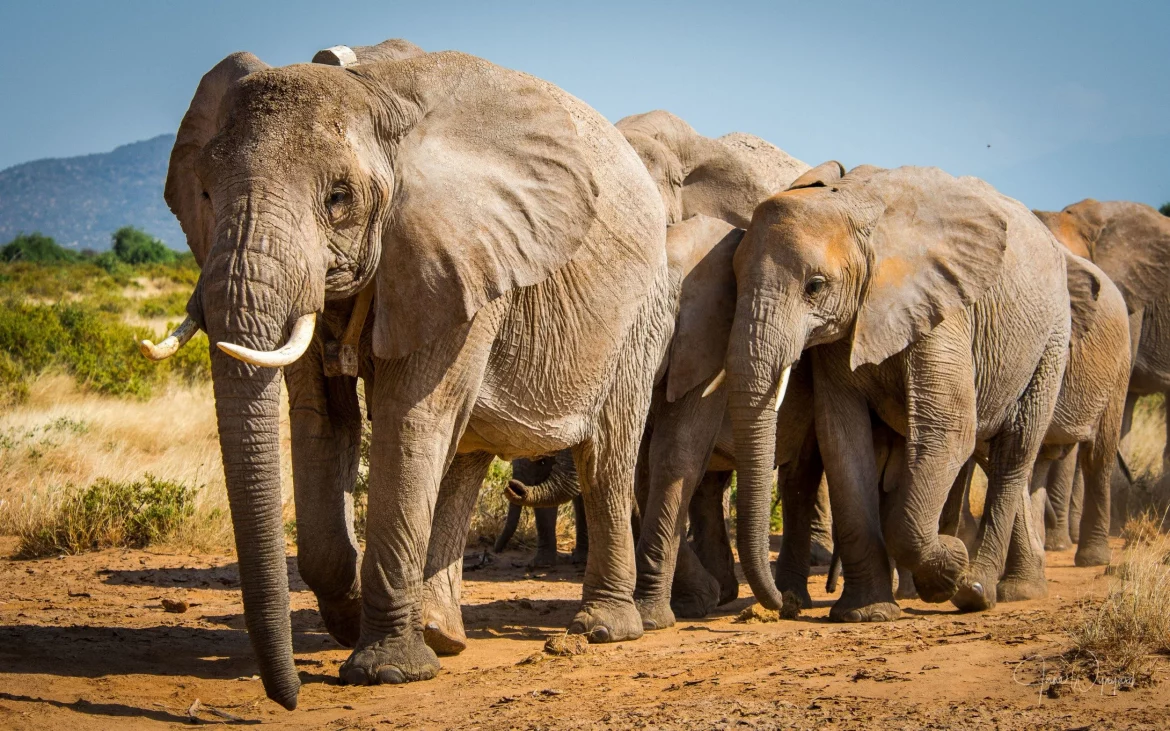The most comprehensive analysis of growth rates to date has shown that African elephant populations have stabilised in their southern heartlands after huge losses over the last century.
Among other things, the latest analysis also provides the strongest data so far showing that protected areas that are connected to other places are far better than isolated “fortress” parks at maintaining stable populations, by allowing the elephants to migrate back and forth between areas as they did naturally in the past.
When numbers rise in highly protected core areas, corridors into less protected buffer areas allow the animals to disperse, the analysis shows. They may also migrate if poaching increases or drought strikes. If numbers later fall in the core areas, or conditions improve, elephants can flow back again.
However, many more people live in the buffer areas and the scientists said careful planning was crucial to minimise conflicts with the elephants, which can kill people and destroy crops.
The scientists who undertook the analysis also found that isolated parks, which keep animals in and people out, can lead to unsustainable population booms, and in turn sometimes mass deaths or culling, In contrast to the connected areas.
“For decades, news from southern Africa was dominated by waves of poaching and other threats,” said Dr Robert Guldemond at the University of Pretoria, South Africa, and part of the study team. “But there’s been a lot of good work done that has basically turned the tide and that story has never really been told.”
Read also: US prepares for snow and heavy rain as major storm predicted for weekend
Dr Ryan Huang, who also works at the University of Pretoria, said: “This is a good news story for a lot of elephants. We’re changing from just halting declines and to trying to achieve long term stability.”
Also, Prof Stuart Pimm, of Duke University in the US, who doubles as a member of the team, said: “We need to protect elephants, but we also need to connect them. We have fragmented the world and we need to stitch it back together again.”
The research, which was published in Science Advances, used 713 population surveys from 103 protected areas from Tanzania southwards to calculate rates of growth or decline from 1995-2020. This covered more than 290,000 savannah elephants, 70% of the total in Africa.
The scientists found that overall, populations had grown at 0.16% a year for the past quarter of a century. “Conservation has halted the decline of elephants in southern Africa over the last 25 years,” said Pimm.
The most stable populations were mostly found in large, well-protected lands that were connected to buffer areas. Elephant populations in buffer areas were more likely to decline as a result of less suitable habitat or being killed, but they serve a useful function, said Pimm: “It is about trying to restore a sort of natural dynamic, and natural dynamics can be brutal.”
The mass death of 350 elephants in northern Botswana in 2020 may have resulted from the inability of the herd to migrate, said Huang. “It was probably caused by toxic algal blooms in the water and these elephants had no choice but to drink it,” he said. “The ability to move and disperse is what creates that kind of natural flexibility in these areas to allow a stable population.”
Story was adapted from the Guardian.
